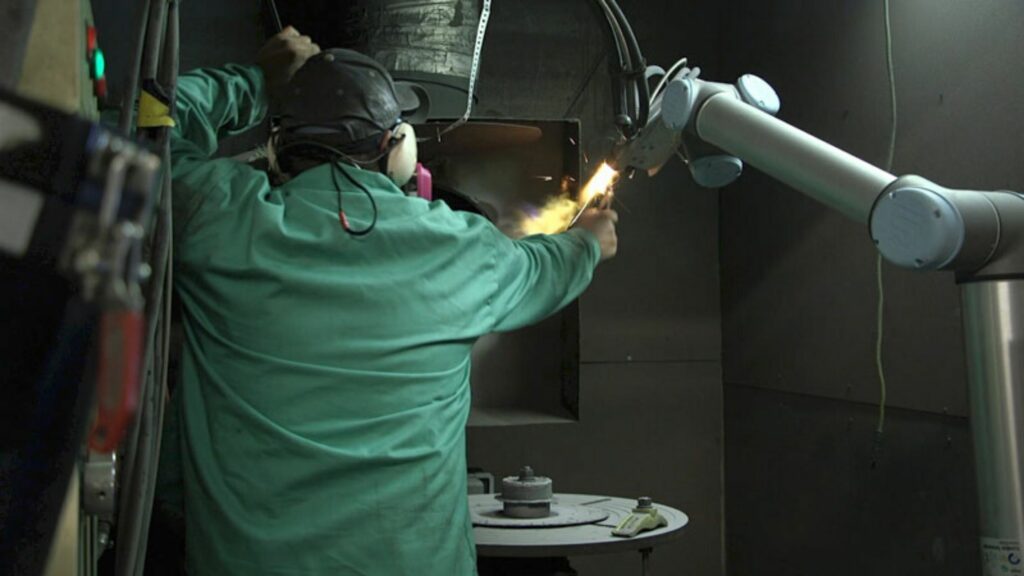Collaborative robots have made it easy for small and medium-sized businesses to respond to the demands of their customers. This is mainly because of these robotic systems provide automation opportunities at extremely affordable prices. There is also the fact that these robots are incredibly flexible, something that then allows small and medium-sized companies to deploy them where they are most needed.
However, even though a collaborative robot is more affordable when compared to traditional robotic systems, it still requires a significant capital investment — especially for a small business. Therefore, it is imperative for anyone who invests in them to take steps to ensure that they do not lose value over time. This is because doing so is the best way to justify the initial investment in the robots and the simplest way to guarantee a positive return on the initial investment.
If you own a collaborative robot, the following are tips that will come in handy in helping you to keep your robot from losing its value.
Recommended: Technology In Logistics – The Future of Robotics

Prioritize adaptability when purchasing a robot
Even though collaborative robots are known for their flexibility, in terms of what they can do, not all robots are equally flexible. Some are more flexible than others when it comes to the types of end effectors that they can use, their speed variability, output force, and even range of motion. The type of software that is used to program a robot also plays a significant role in determining how flexible it can be — as far as the number of tasks that it can execute is concerned.
Generally, the more adaptable a robot is, the higher the guarantee that it will retain its value. This is because a highly flexible robot can always have something to do. It will not become redundant in case your company pivots away from its existing business or system. Furthermore, if you want to sell the robot, later on, a robot that can be able to perform a wider range of tasks and operate in different environments will always fetch a higher price. This is because of the simple fact that it will have a wider base of potential buyers.
Follow preventative maintenance best practices
An easy way of ensuring that your collaborative robot maintains its value is to take preventative measures. Doing so will ensure that you deal with problems way before they get worse, something that will help you to avoid having to incur the costs of premature repairs.
One of the most important aspects of preventative maintenance is ensuring that you inspect the cobot daily before use. This means inspecting its cables to ensure that they don’t have damaged insulation or extreme kinks. Checking every bolt and screw to ensure that they are not loose and inspecting for any worn out or missing parts is also recommended.
With the inspection process out of the way, the next step is to fix any issues that you note during the inspection. This included tightening any loose screws and bolts, unwinding cables and replacing any damaged cables, cleaning lenses and wiping debris from any fans. Fixing these problems before they get worse will ensure that your cobot is running as efficiently and as effectively as it should. In turn, these steps will reduce any accidents or cases of accelerated wear and tear that usually result from inefficient operations. In the long run, they will extend the lifespan of your cobot.
Use authorized personnel for repairs
When your cobot breaks down, it is imperative to ensure that you get it to a person who has been appropriately authorized to repair it. This is because cobots differ in terms of their programming and hardware. Furthermore, manufacturers tend to impose restrictions that can void your warranty if you don’t use a recommended or pre-approved repair service providers.
Going to authorized repair service providers will ensure that your robot will get the care that it needs. This will prevent incidences of accidental flaws or mistakes that can end up affecting how your robot performs.
Related Post:
